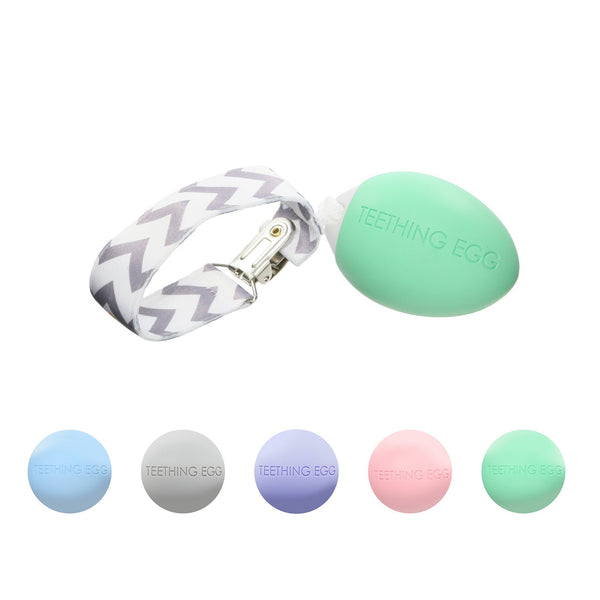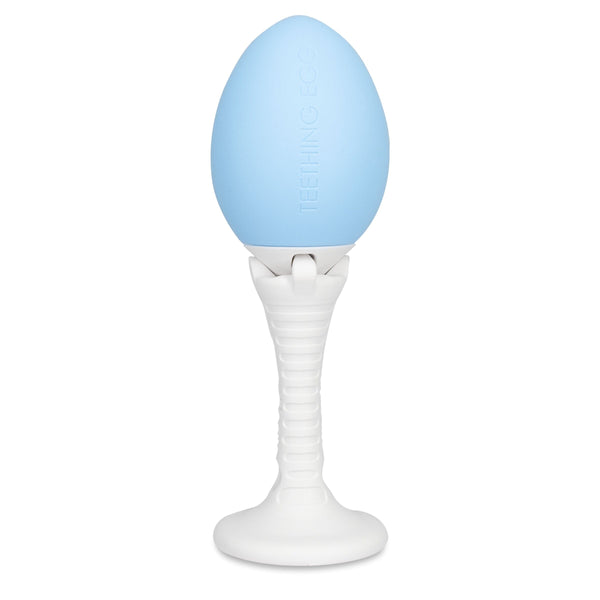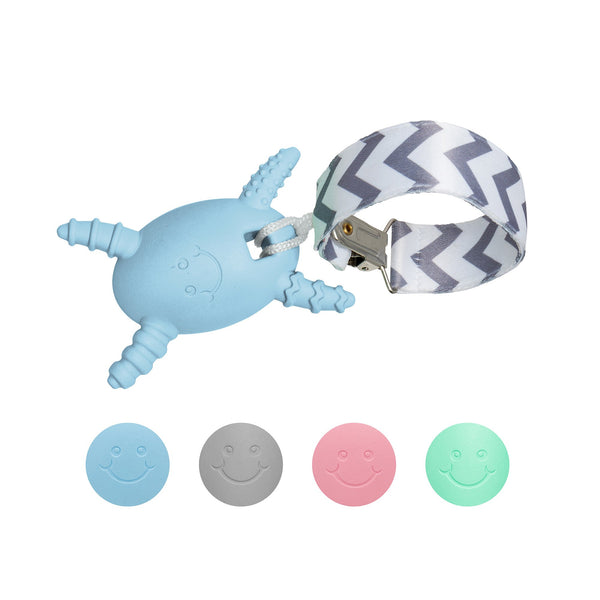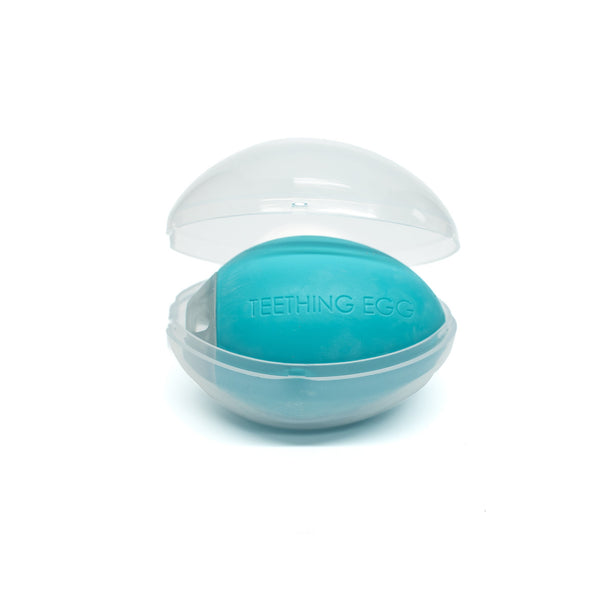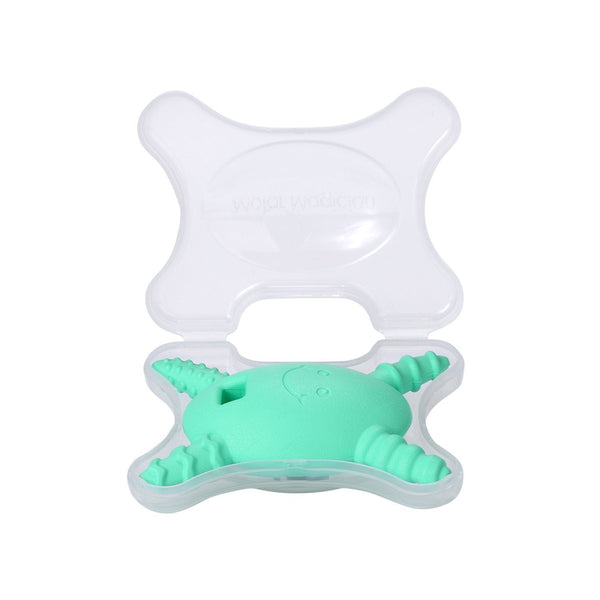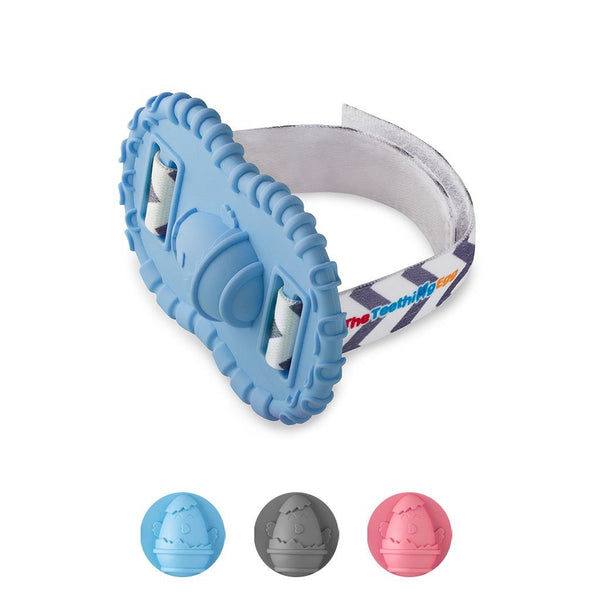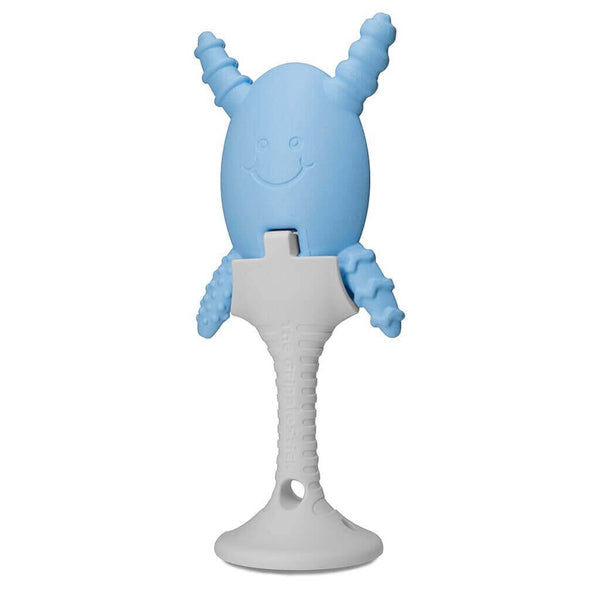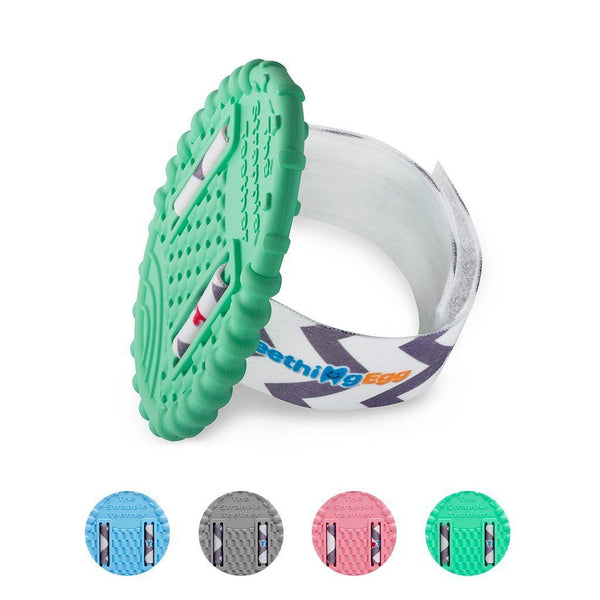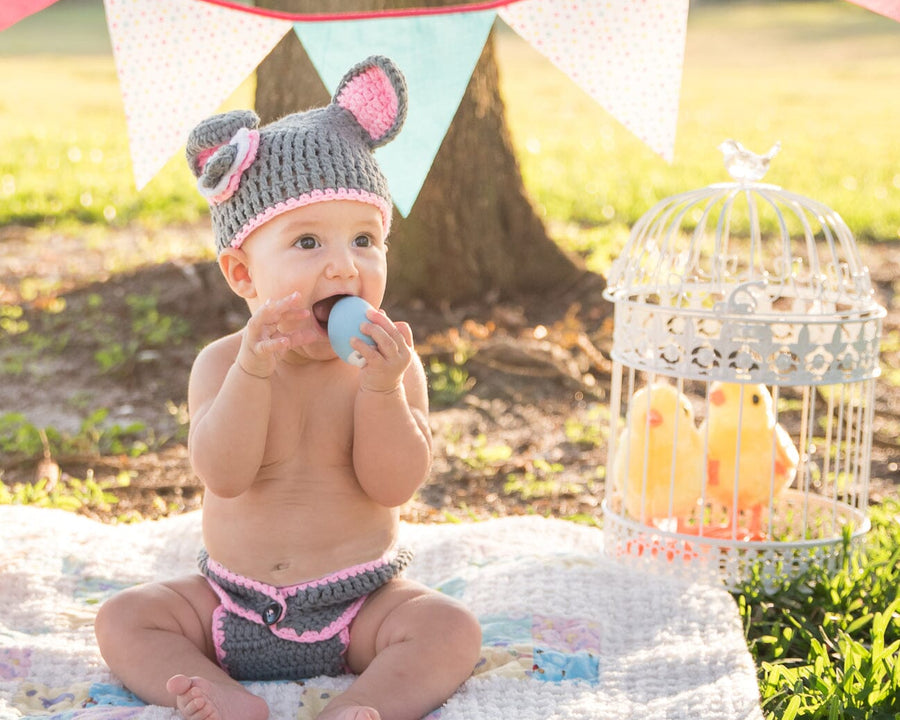As parents, ensuring the well-being of your baby is of paramount importance. One crucial aspect of their health that often goes overlooked is oral hygiene. Baby teethers, those handy little devices designed to soothe teething discomfort, play a significant role in your child's early oral development. However, just like any other item your baby puts in their mouth, teethers can become breeding grounds for harmful bacteria. Regular cleaning of baby teethers is essential to maintain not only your child's oral health but also their overall well-being.
Why Regular Cleaning Matters
Baby teethers are used by infants to alleviate the discomfort associated with teething. During this phase, babies tend to chew, suck, and gnaw on these items extensively. As a result, these teethers become a prime habitat for germs, saliva, and food debris. If not cleaned regularly, these accumulated substances can lead to bacterial growth, raising concerns about your baby's health.
When to Clean Baby Teethers:
- Before First Use: It's vital to clean a new teether before your baby uses it for the first time. Even if they appear clean, they could have collected dust or contaminants during packaging and shipping.
- After Every Use: After each use, clean the teether to prevent the buildup of bacteria and saliva. This habit helps maintain the teether's hygiene and ensures that it remains a safe item for your baby to use.
- When Visible Dirt or Debris is Present: Sometimes, visible debris or dirt might accumulate on the teether, making it essential to clean it promptly.
- Regularly, Even if Unused: If your baby hasn't used a particular teether for a while, don't assume it's still clean. Dust and airborne particles can settle on the surface over time.
How to Clean Baby Teethers: Cleaning baby teethers is a straightforward process that requires a few basic steps
- Gather Supplies: You'll need mild soap, warm water, a clean cloth, and a soft brush to clean textured or hard-to-reach areas.
- Disassemble if Necessary: If the teether has removable parts, disassemble them for a more thorough cleaning.
- Hand Wash: For silicone, rubber, or plastic teethers, wash them by hand using mild soap and warm water. Use a clean cloth or a soft brush to scrub any textured areas.
- Rinse Thoroughly: Rinse the teether thoroughly under running water to ensure all soap residue is removed.
- Air Dry: Place the teether in a clean, dry area to air dry. Avoid using towels that could potentially harbor germs.
- Sterilization (Optional): Some parents prefer to sterilize teethers occasionally. This can be done by boiling them for a few minutes or using a sterilizing solution recommended for baby products. Be sure to follow the manufacturer's instructions.
Some useful information about TheTeethingEgg teethers:
- Lab Tested, Ceritified Safe
- BPA, BPS, PVC, Phthalate, Metal, Latex, and Lead-Free
- Non-toxic
- Hypoallergenic
- Non-porous, does not harbor bacteria or mold
- Able to be steam sterilized if desired
- Dishwasher safe
View our range of award winning teethers.
How to clean baby teethers made from different materials
Cleaning baby teethers made from various materials requires different approaches to ensure effective and safe hygiene. Here's how to clean teethers made from common materials:
1. Silicone Teethers: Silicone teethers are popular due to their soft texture and ease of cleaning.
- Hand Washing: Wash with mild soap and warm water. Use a clean cloth or soft brush to clean textured areas.
- Boiling: Silicone teethers can be boiled for a few minutes to sterilize them occasionally. Make sure they are heat-resistant and follow the manufacturer's guidelines.
- Dishwasher: Check if the teether is dishwasher-safe. Use the top rack and avoid harsh detergents.
2. Rubber Teethers: Rubber teethers are soft and flexible, making them soothing for teething babies.
- Hand Washing: Use mild soap and warm water to clean. Ensure that all soap residue is rinsed off.
- Boiling: Rubber teethers can be boiled for a short time to sterilize them. Check manufacturer recommendations.
- Avoid Dishwashers: Rubber may deteriorate in the dishwasher's heat, so hand washing is usually recommended.
3. Plastic Teethers: Plastic teethers are durable and often have textured surfaces to soothe sore gums.
- Hand Washing: Wash with mild soap and warm water. Pay special attention to textured areas.
- Dishwasher: Many plastic teethers are dishwasher-safe. Check the label or manufacturer's instructions to confirm.
- Sterilization: Boil or use sterilizing solutions occasionally to ensure thorough disinfection.
4. Wooden Teethers: Wooden teethers are natural and often untreated, making their cleaning approach unique.
- Surface Cleaning: Wipe the wooden teether with a damp cloth. Avoid soaking it in water to prevent warping.
- Disinfecting: Use a mixture of vinegar and water or a natural disinfectant suitable for wood. Apply with a cloth and wipe clean. Allow the teether to air dry.
- Oil Treatment: Occasionally, treat wooden teethers with food-grade oil to prevent drying or cracking. Make sure the oil is safe for babies.
5. Cloth Teethers: Cloth teethers often have fabric components that require special care.
- Hand Washing: Remove fabric parts if possible and hand wash them with mild soap. Rinse thoroughly and air dry.
- Machine Washing: If safe, machine wash fabric parts using a gentle cycle and mild detergent. Use a laundry bag to prevent damage.
- Cleaning Other Parts: Clean non-fabric components according to the material they're made of (e.g., plastic, silicone).
6. Freezable Teethers: Some teethers can be frozen for extra relief during teething.
- Cleaning: Clean the teether using the methods recommended for its main material (e.g., silicone, rubber).
- Freezing: Follow the manufacturer's instructions on freezing. Ensure the teether is clean before placing it in the freezer.
Remember that manufacturer guidelines should always be followed when cleaning baby teethers, as they might have specific recommendations to maintain the teether's integrity and safety. By properly cleaning and maintaining your baby's teethers, you're creating a healthy environment for them to soothe their teething discomfort while minimizing the risk of bacterial growth and infections.
Why Regular Cleaning is Crucial:
- Preventing Bacterial Growth: Regular cleaning eliminates the risk of harmful bacteria breeding on the teether's surface, which your baby could ingest, potentially leading to infections.
- Maintaining Oral Health: Teething can lead to drooling, which increases the chances of bacteria coming into contact with your baby's mouth. A dirty teether can exacerbate this problem, affecting oral health.
- Avoiding Illness: Babies have developing immune systems, making them susceptible to illnesses caused by bacteria. A clean teether helps reduce the risk of infections.
- Promoting Healthy Habits: Introducing your child to good hygiene practices from an early age sets a positive example for their future habits.
Conclusion:
Ensuring your baby's oral health is a crucial aspect of their overall well-being. Regularly cleaning baby teethers helps prevent bacterial growth, maintain oral hygiene, and keep your little one safe from potential infections. By following the simple steps outlined in this guide, you can provide your baby with a clean and safe teething experience while promoting a foundation of good oral hygiene that will benefit them as they grow.
